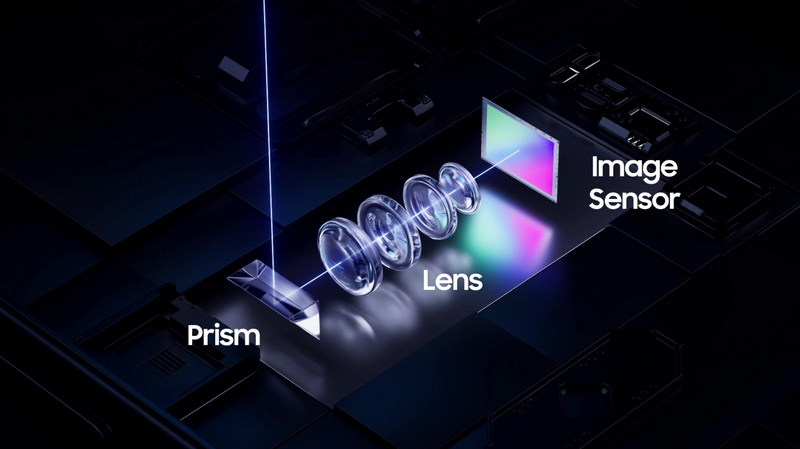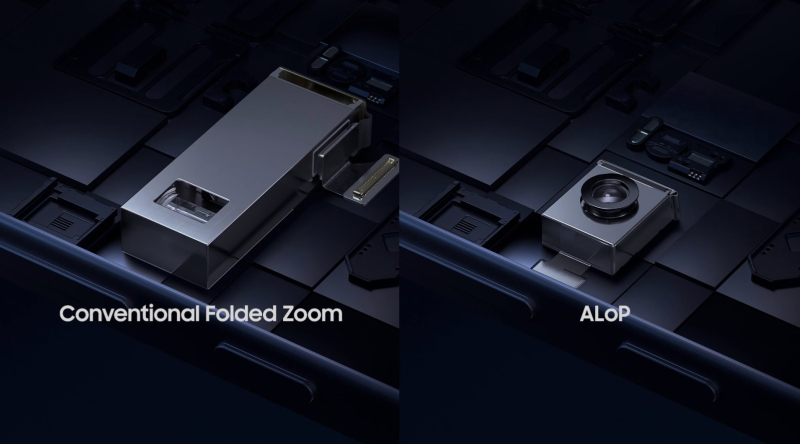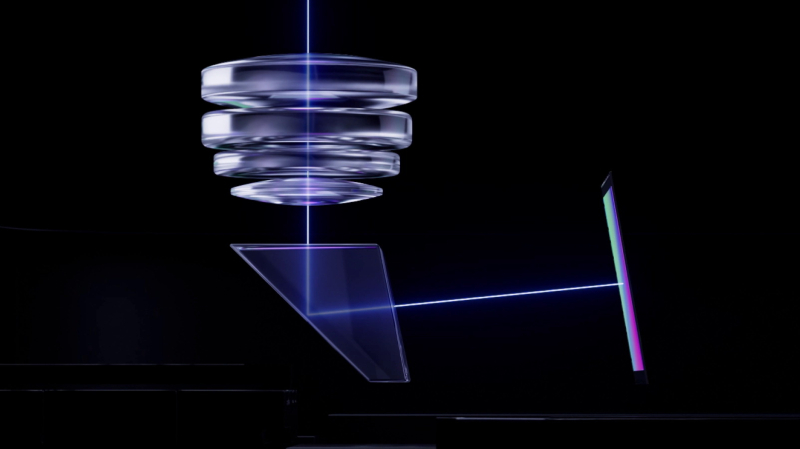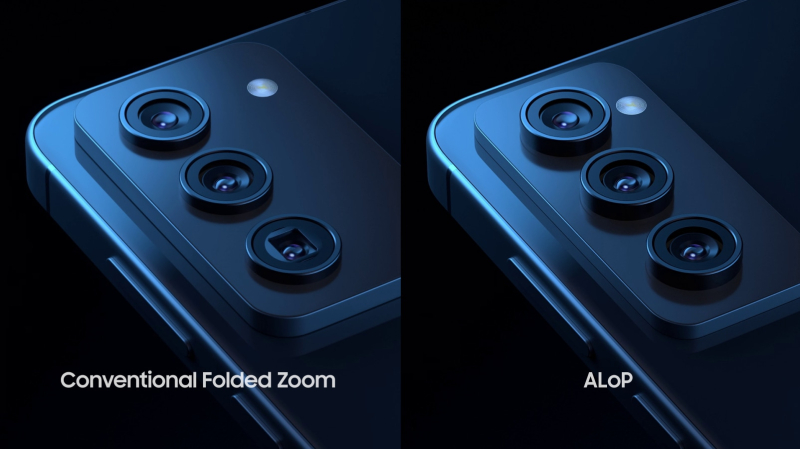Samsung has unveiled a new smartphone camera design with a periscope telephoto lens, called ISOCELL ALoP (All Lenses on Prism). It allows you to significantly reduce the size of the camera module compared to solutions based on traditional periscope lenses.

Image source: samsung
In conventional periscopic telephoto lenses, the lenses are positioned vertically relative to the plane of the smartphone body, and their diameter determines the height of the camera protrusion above the device body.

Conventional periscope lens (left) and ISOCELL ALoP (right)
In ISOCELL ALoP, the lenses are positioned horizontally relative to the plane of the smartphone. The ISOCELL ALoP design uses a 40-degree reflective prism and a 10-degree image sensor. This design increases the effective lens size (EPD), allowing more light to pass through the sensor, resulting in brighter, clearer images.

ISOCELL ALoP makes it possible to use larger sensors and lenses with higher aperture, which improves the quality of both day and night photos. At the same time, the technology allows you to reduce the height of the camera protrusion, creating thinner smartphones. According to Samsung, the new technology reduces the module length by 22% compared to traditional periscope cameras.

ALoP allows the implementation of optics with an f/2.58 aperture and an equivalent focal length of 80 mm. Unlike the classic periscope design, ALoP supports large aperture lenses, which improves the quality of portrait shots and reduces noise when shooting at night.
In addition, ALoP improves the appearance of the camera module. In smartphones with conventional optics, users see a rectangular prism, which can spoil the aesthetic perception. With the ALoP design, users only see the expected round lenses.
Samsung has not yet clarified whether it plans to use the new technology in future Galaxy S25 series smartphones.